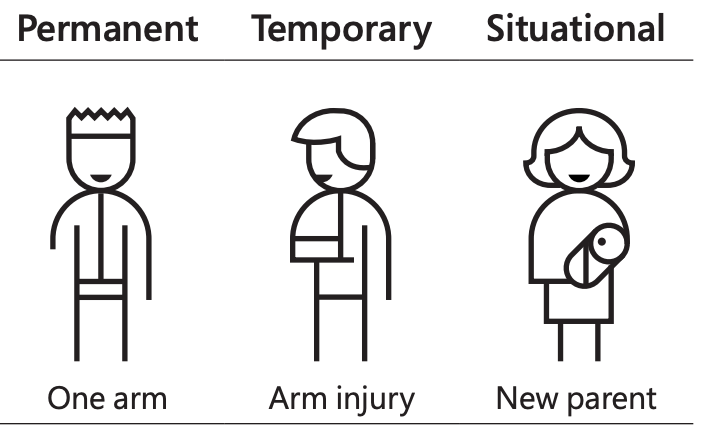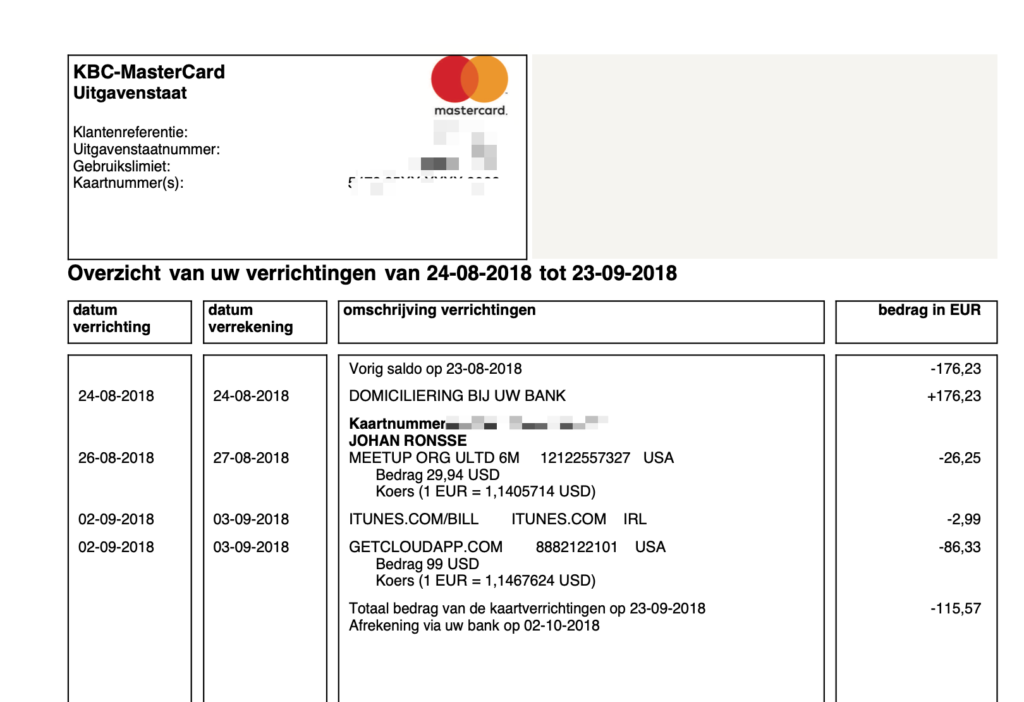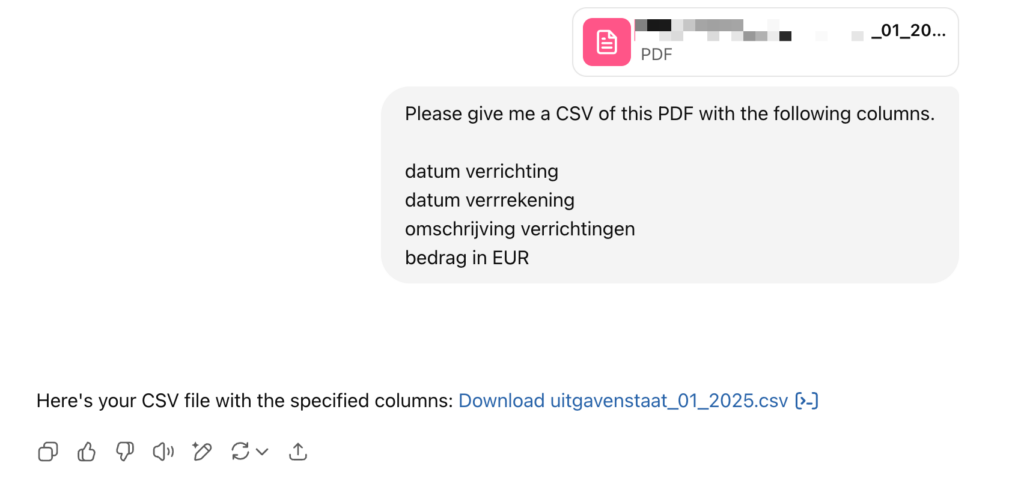Ik denk sinds kort veel na over welk ambitieniveau ik wil nastreven. Uiteraard ben ik geïnteresseerd in mijn eigen business uit te bouwen. Ik werk er elke dag aan.
We gaan in het eerste jaar van Obra naar een omzet van €250 000 en een fulltime equivalent van gemiddeld 2,5 personen.
Ik hoop die cijfers volgend jaar te verdubbelen.
Maar afhankelijk van nog te nemen beslissingen kan het ook meer of minder zijn. Ik stel me de vraag: is €150 000+ ook niet meer dan oké voor een eerste jaar met een klein team?
Na eerst zeven maanden hard timmeren, ondertussen trotse vader te zijn en het een maand of twee uit noodzaak nét iets rustiger aan te doen, komt het besef dat er ook wel een leven naast werk is.
Als ik voor mijn medewerkers nastreef dat ze 38u per week werken, of zelfs wat minder, waarom zou ik dat voor mezelf niet nastreven?
Mijn zoon is maar één keer in zijn leven 2 maanden oud. Sommige momenten wil je niet missen.
Als iemand die al sinds 2011 zelfstandige is, zit het billable hours-principe er bij mij ingebakken als heilig: er moeten en zullen factureerbare uren zijn. Dat is de enige manier om aan je omzet te komen.
Nu denk ik daar toch anders over, en zet ik steeds vaker een businesshoedje op: marge op een project met een vaste prijs, marge op werkuren van anderen. Het is expliciet de bedoeling om van Obra een groter vehikel te maken dan mezelf.
Ik werk met een een heel team waar ik dankbaar voor ben.
Eén streefdoel dat in mijn hoofd zit, is om met een team van elf te zijn. We zijn op weg om dat te bereiken, maar het is een meerjarenplan – en natuurlijk is headcount niet alles.
Ik stel vast dat ik toch op een heel andere manier dan vroeger werk. Ik werk véél meer aan het bedrijf dan in het bedrijf.
Ik faciliteer projecten; ik help ervoor te zorgen dat ze slagen. Ik hoef niet noodzakelijk de uren zelf te werken, zolang het werk maar op een goede en vlotte manier gebeurt.
Ik help met de kwaliteitsnorm. Hoe kwalitatief moet het project zijn, en waar steken we aandacht in? Hoe leveren we waarde voor de klant? Hoe kan een medewerker groeien in het project zonder in de kwaliteit van het project te snijden. Waar betaalt de klant voor en wat is een interne kost?
Ik help met tooling. Welke taken nemen veel tijd in beslag? Waar kunnen we iets doen met een goede template? Waar kan een Figma-plugin ons veel tijd besparen?
Uiteraard werk ik ook zelf aan projecten. Maar eigenlijk probeerde ik dat tot voor kort zoveel mogelijk te vermijden. Recent heb ik wel beslist om daar meer een nieuw midden in te vinden.
Ambitieniveau, dus.
Ik denk vaak aan de parabel van de Mexicaan en de Amerikaan.
Ik weet niet meer waar ik dit gehoord heb, maar het gaat ongeveer als volgt: de Mexicaan zit rustig te vissen. Om 10:30 gaat hij naar huis, naar zijn familie. De Amerikaan zegt: “Je zou toch beter de hele dag doorvissen? Dan kan je je vis verkopen.” De Mexicaan zegt: “Waarom zou ik dat doen?” Waarop de Amerikaan zegt: “ja, zodat je geld hebt voor meer jezelf en je familie.“
Wat zou ik doen met wat meer vrije tijd?
Ik mis op de racefiets zitten en mijn fietsvriendjes, en ik zou eigenlijk wat meer in de keuken willen staan. De receptjes van Jonathan Zaragoza eens proberen.
Het zou ook niet slecht zijn om nog eens een date te hebben met vrouwlief; en om nog eens naar de cinema te gaan. Al is er lately een gebrek aan goede films in de bioscoop.
Uiteindelijk gaat het om het vinden van een correcte balans. En die balans wordt constant gezocht.
Met Obra Studio helpen we softwarebedrijven om het volgende niveau te bereiken. We helpen start-ups met het valideren van hun idee, en scale-ups om design systemen en front-ends te bouwen om op een goede manier te kunnen groeien.





